Razer's 'Project Linda' Razer Phone dock is the Continuum Microsoft dreams of
Move over Microsoft Continuum, Razer may have solved the "turn your phone into a laptop" problem. This is Project Linda.
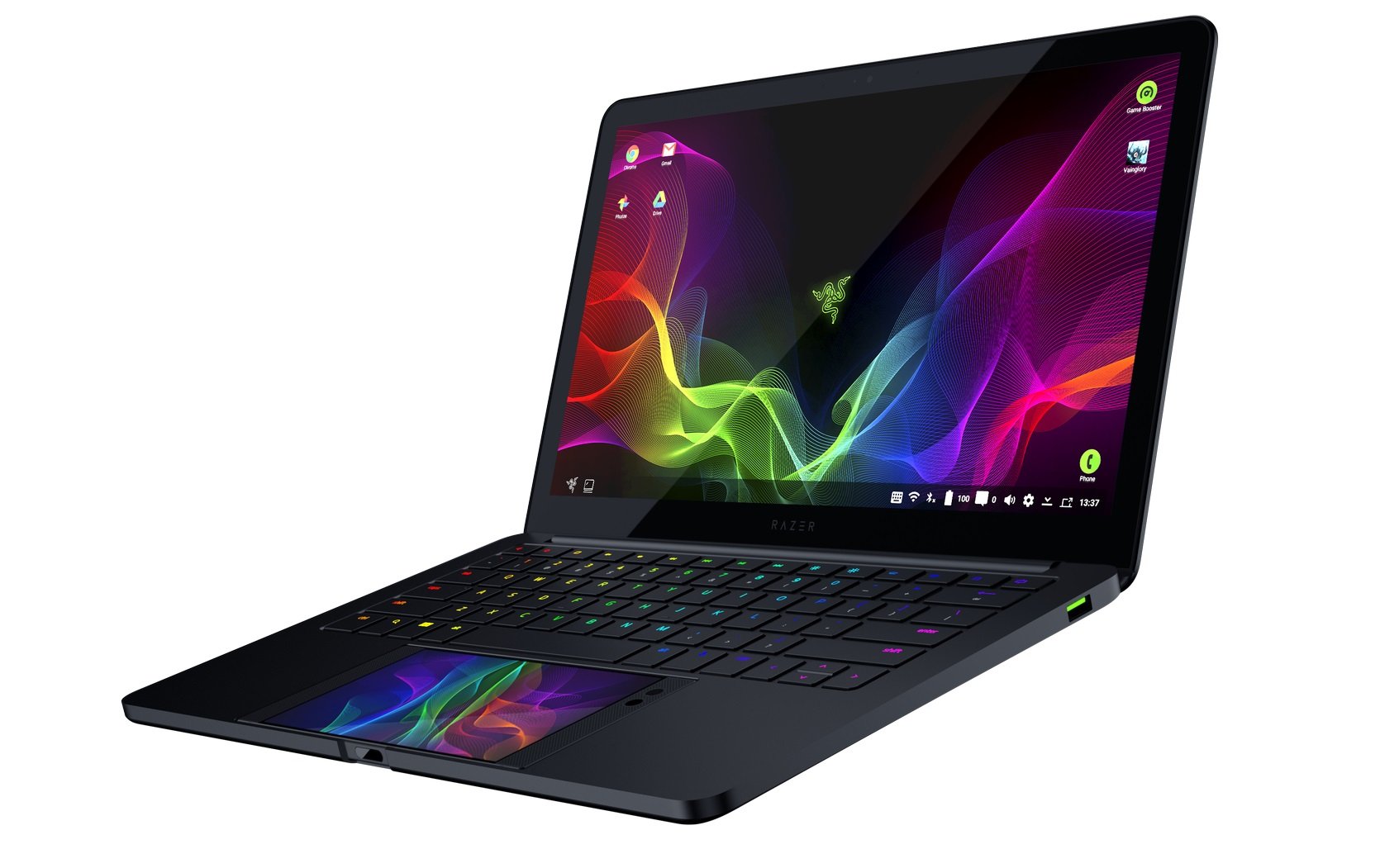
Razer is back at the Consumer Electronics Show (CES) this year with another project – that is, a concept not quite ready for market, but may be yours someday.

"Project Linda" is Microsoft's Continuum concept executed nearly flawlessly. Take the new Razer Phone and drop into a clamshell Razer Blade Stealth body and turn your phone into an almost full-functioning PC. Toss in some ports, built-in storage, a battery that can recharge your phone three times over, a web camera, and a high-quality display, and this is one killer device.
Razer had a prototype of Project Linda at CES. I got to spend some time with it, and the most frustrating aspect was I could not walk off with it today. From dropping the phone in to playing games, or just browsing the web the whole experience was seamless.
| Category | Project Linda |
|---|---|
| Display | 13.3-inch Quad HD touch screen120Hz |
| Battery | 53.6 WHr |
| Keyboard | full, chicklet style with Chroma RGB |
| Storage | 200GB internal |
| Ports | USB-A, USB-C charging port |
| Camera | 720p, dual-array microphone |
| Weight | 1.25 kg (2.76 lbs) |
| Width | 0.59 inch (15 mm) |
Razer did some very clever engineering to make this all happen. There is a button that retracts the USB Type-C connector so that dropping in the phone is super simple. Much like Surface Book, the user just taps the button to engage the Type-C adapter, and the laptop takes over.
When inserted into the clamshell the Razer Phone now acts as a giant trackpad – and it's just awesome.
Since the Razer Phone has the loudest speakers, they get repurposed here as top-firing speakers for Project Linda. The system also has a built-in front-facing camera for Skype calls.
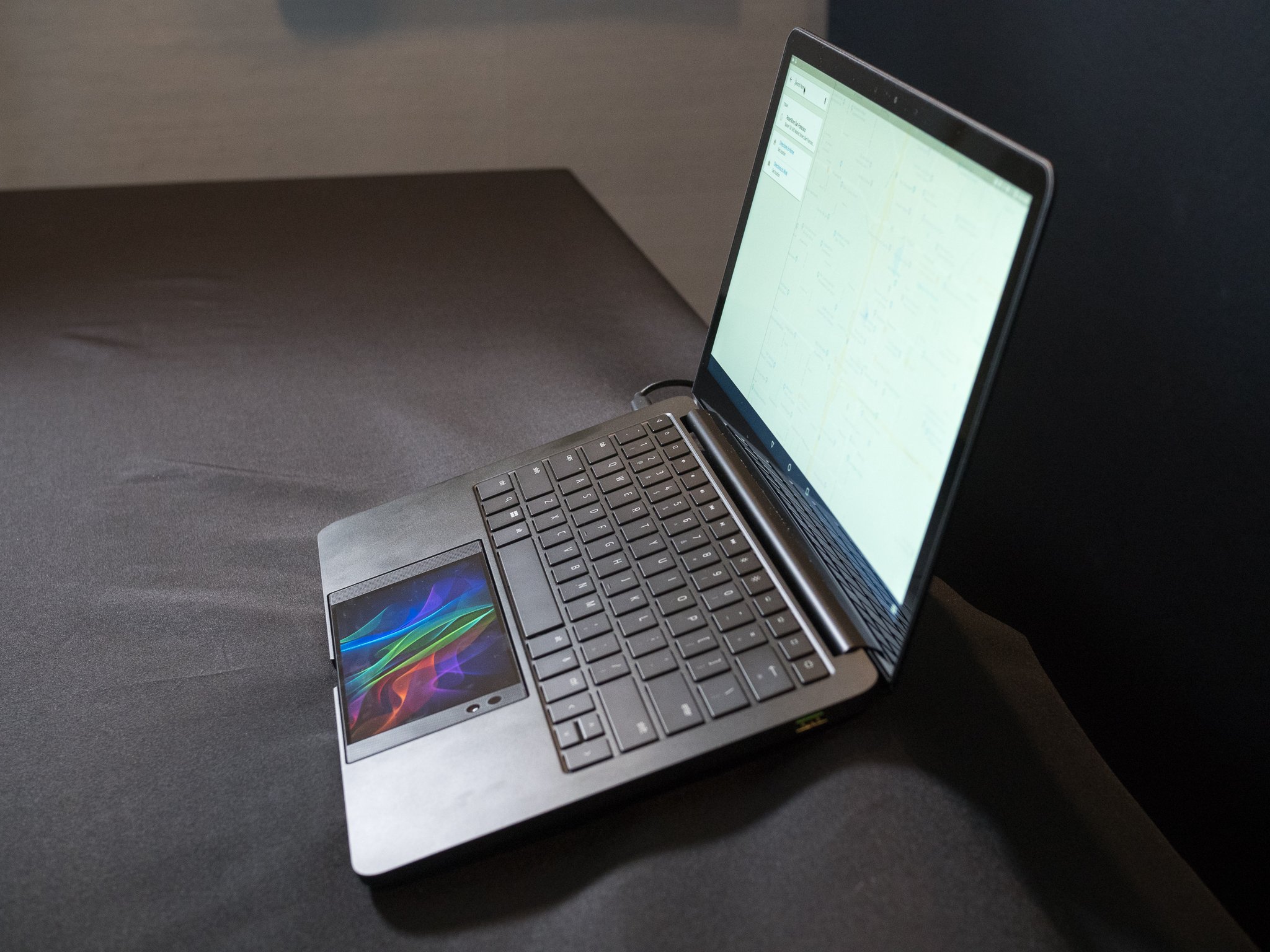
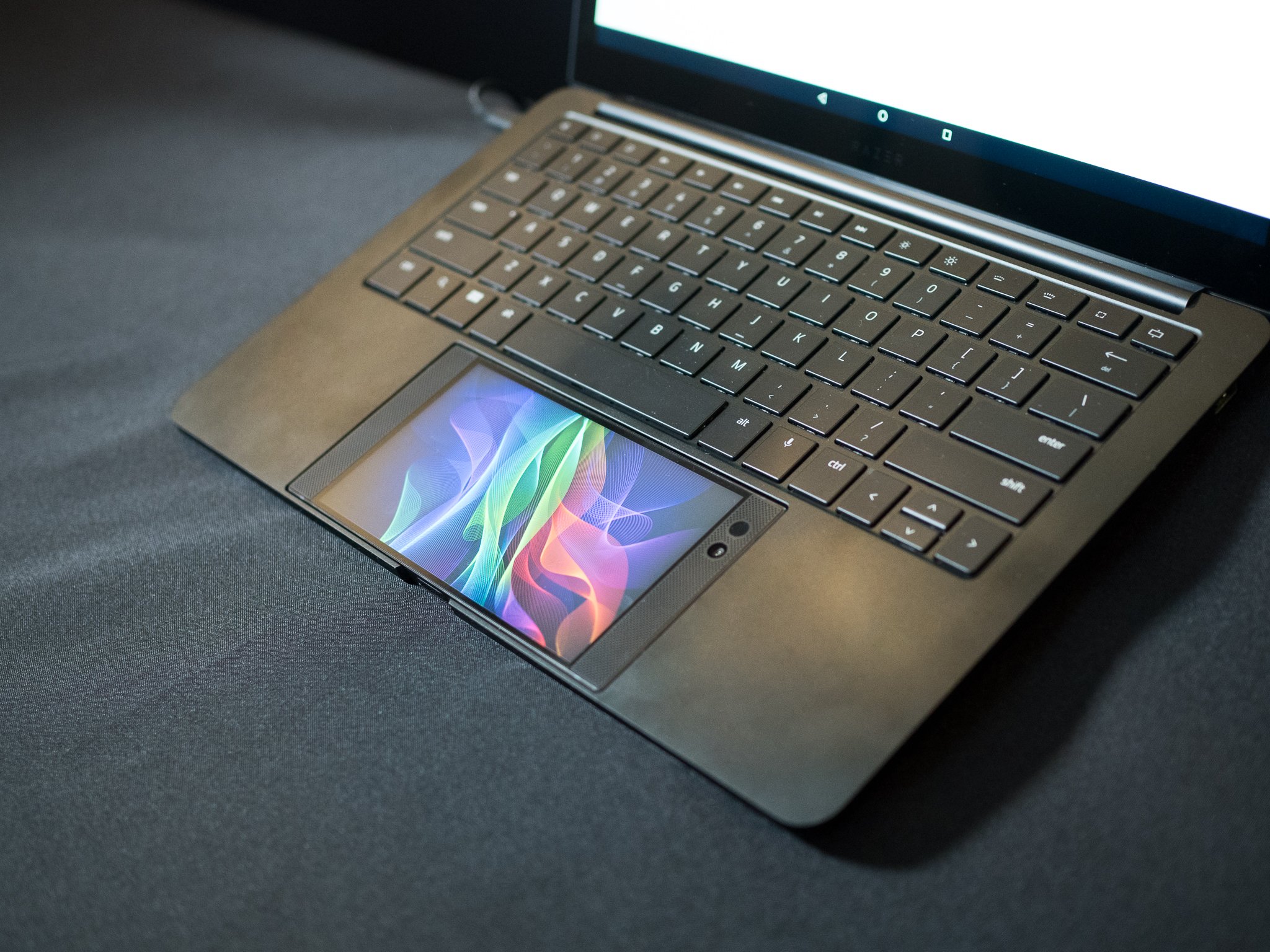
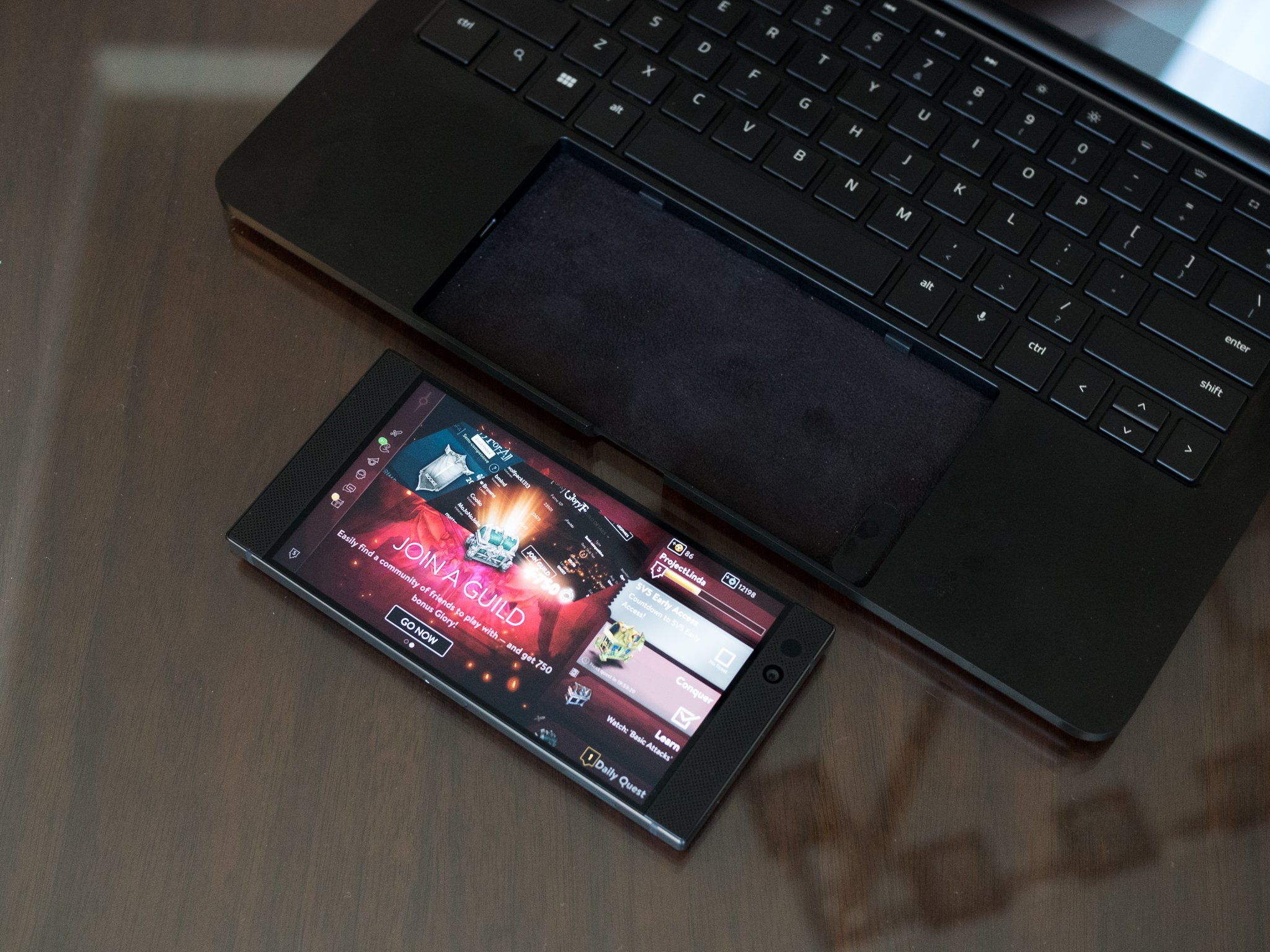
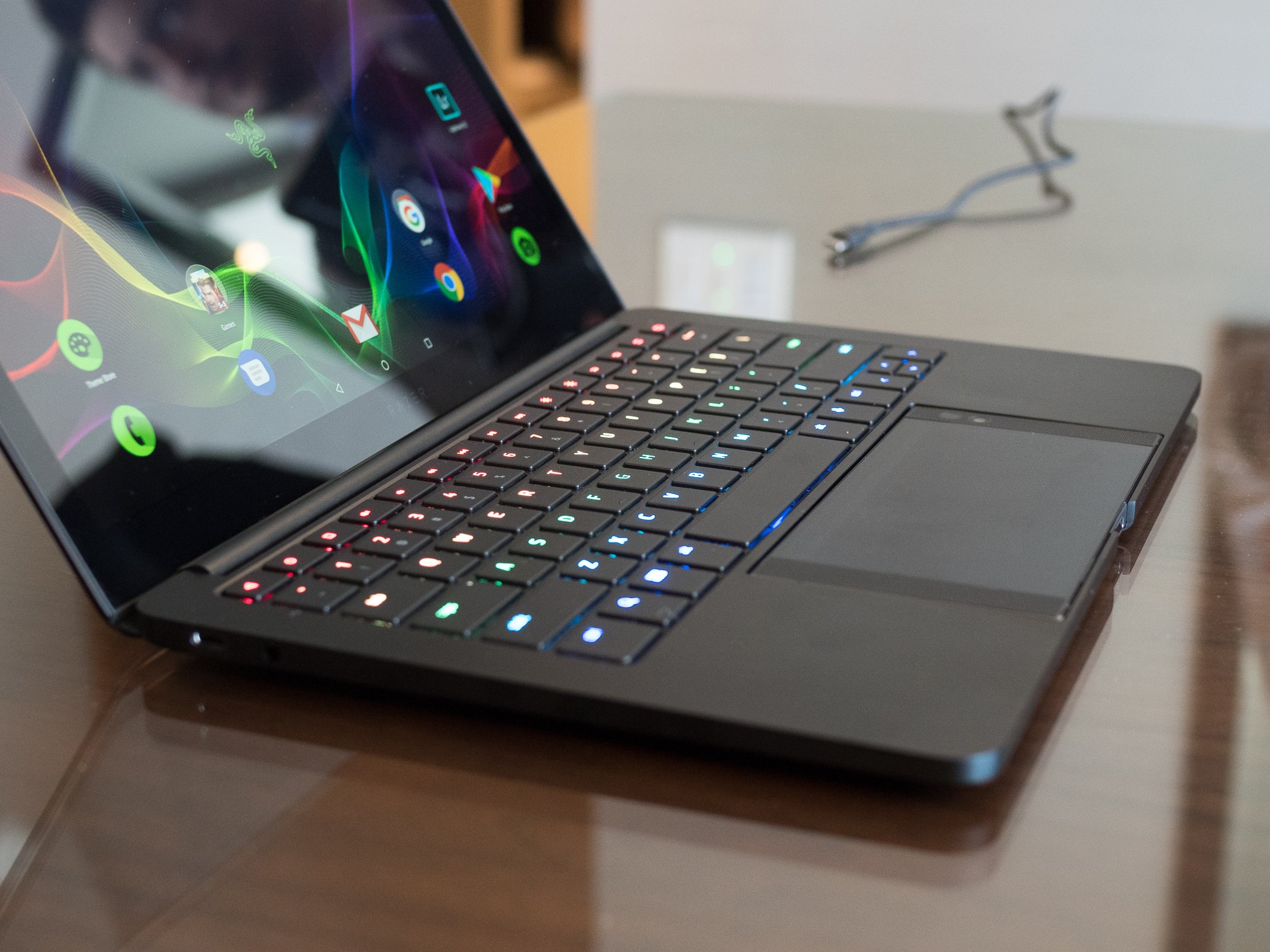
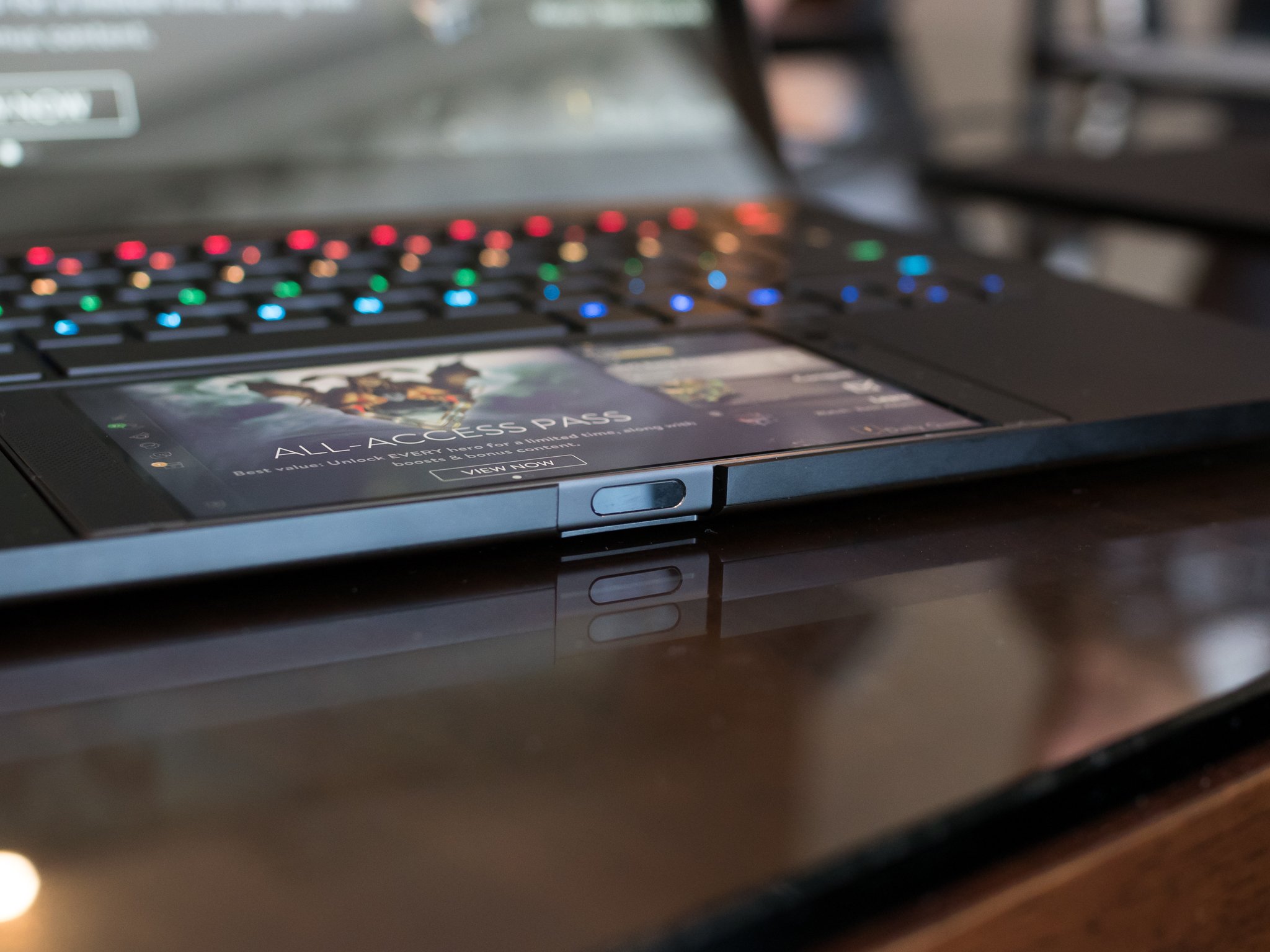
Battery life should go past 10 hours and may even hit 20 on a good day due to the Razer's giant 4,000 mAh battery and the more prominent 54 WHr battery of Project Linda (nearly triple the size of the Razer Phone).
Get the Windows Central Newsletter
All the latest news, reviews, and guides for Windows and Xbox diehards.
The desktop UI part is all handled by a customized version of Sentio desktop. That means Razer didn't have to re-invent the technology but instead skinned it. It runs all apps on Android including games, messaging, Chrome, and more it making less crippled than similar solutions from other manufacturers.
What is surprising is despite being just a prototype Project Linda exceeded my expectations. The performance for the touchpad and typing was excellent and everything just worked as expected. The display and keyboard, which borrow from the Razer Blade Stealth, are perfect.
Pricing and availability
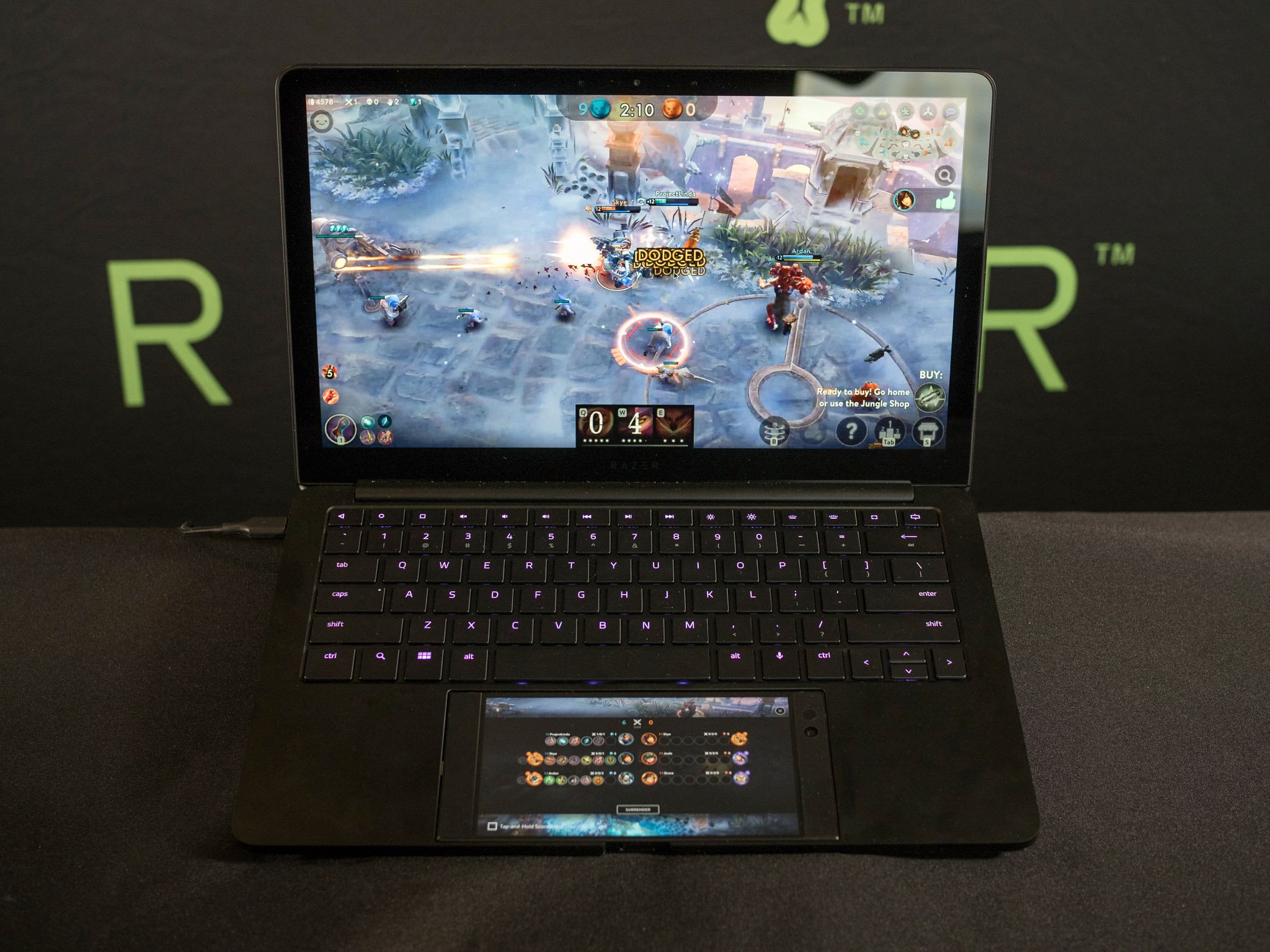
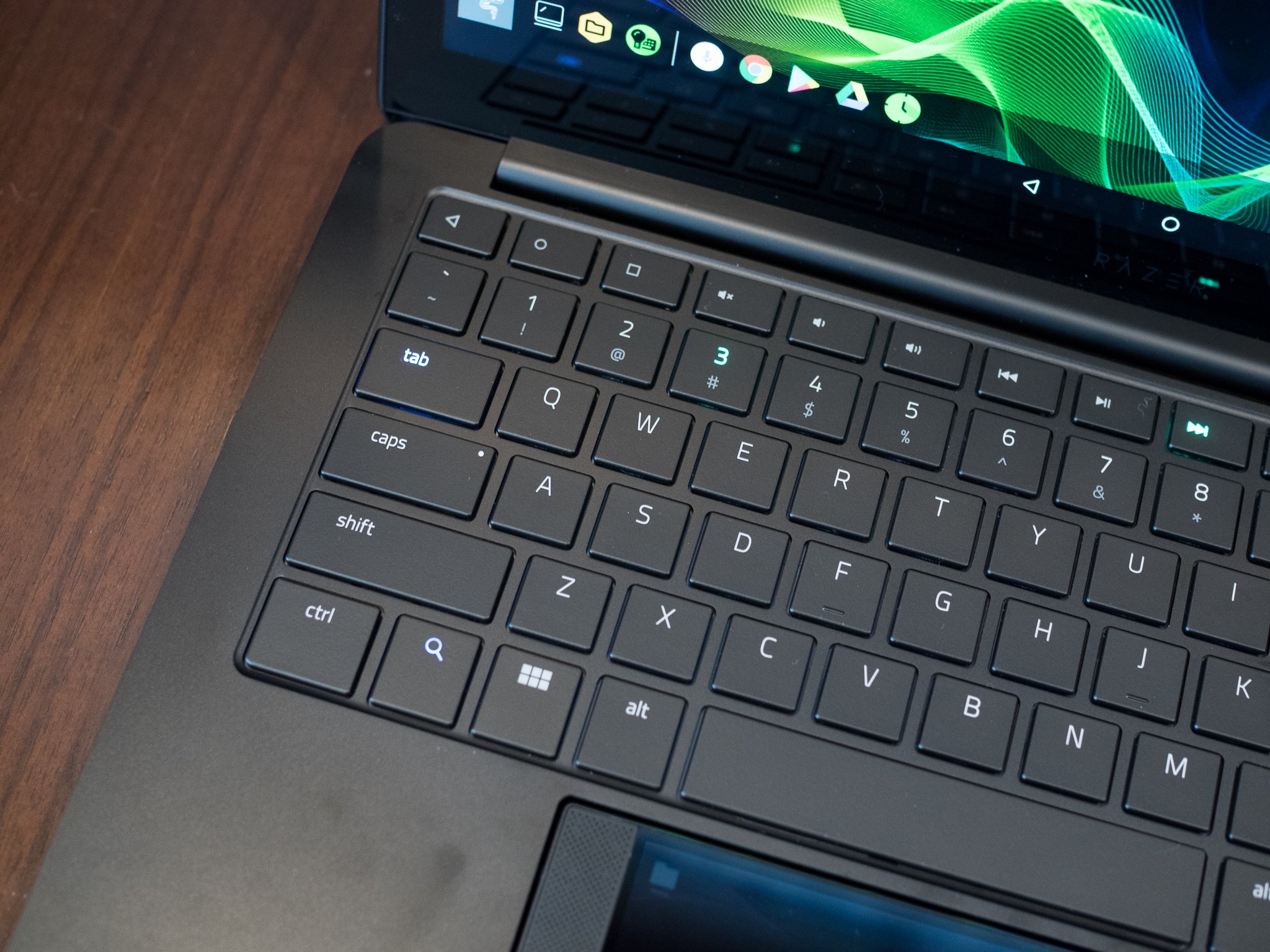
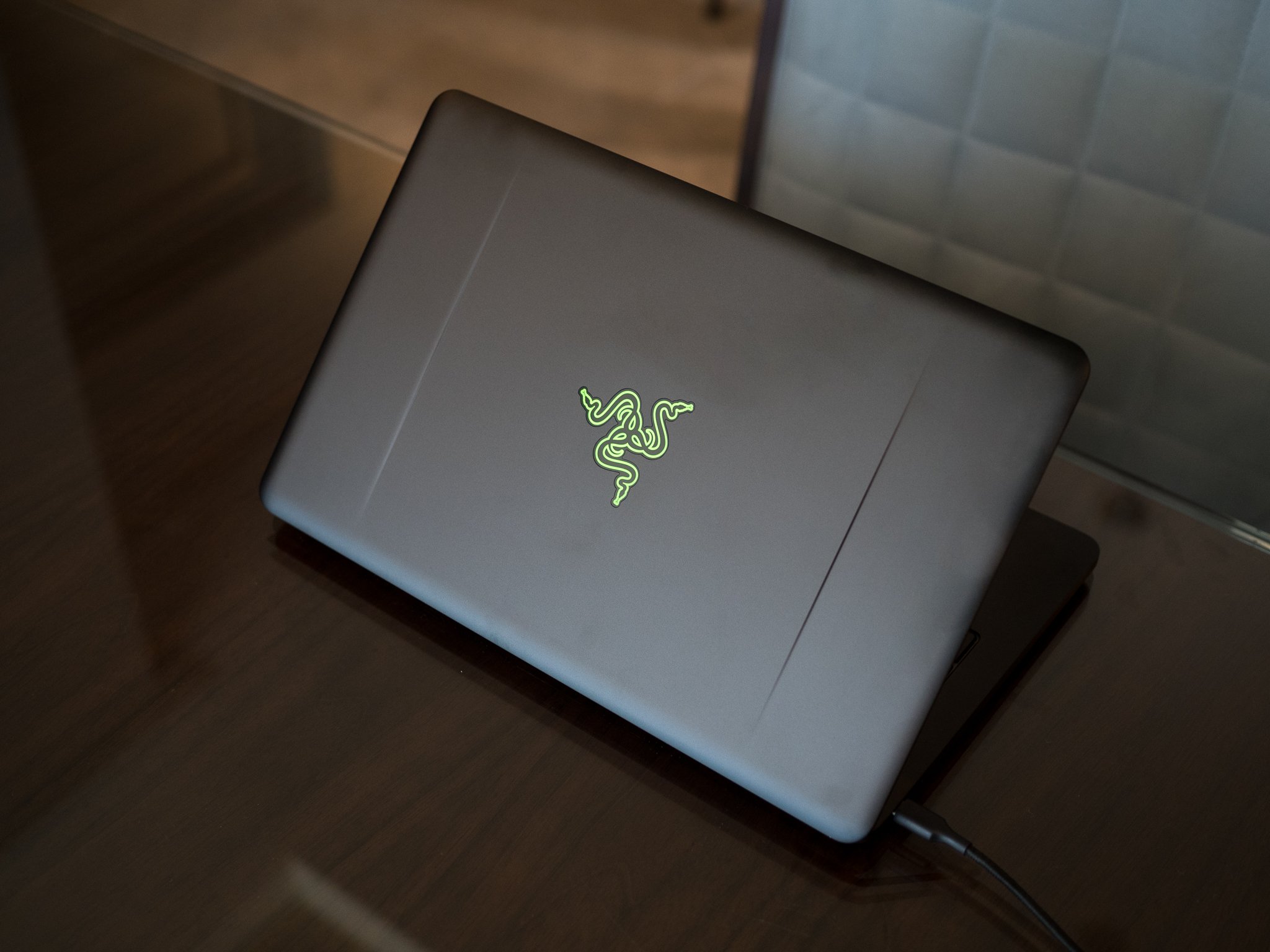
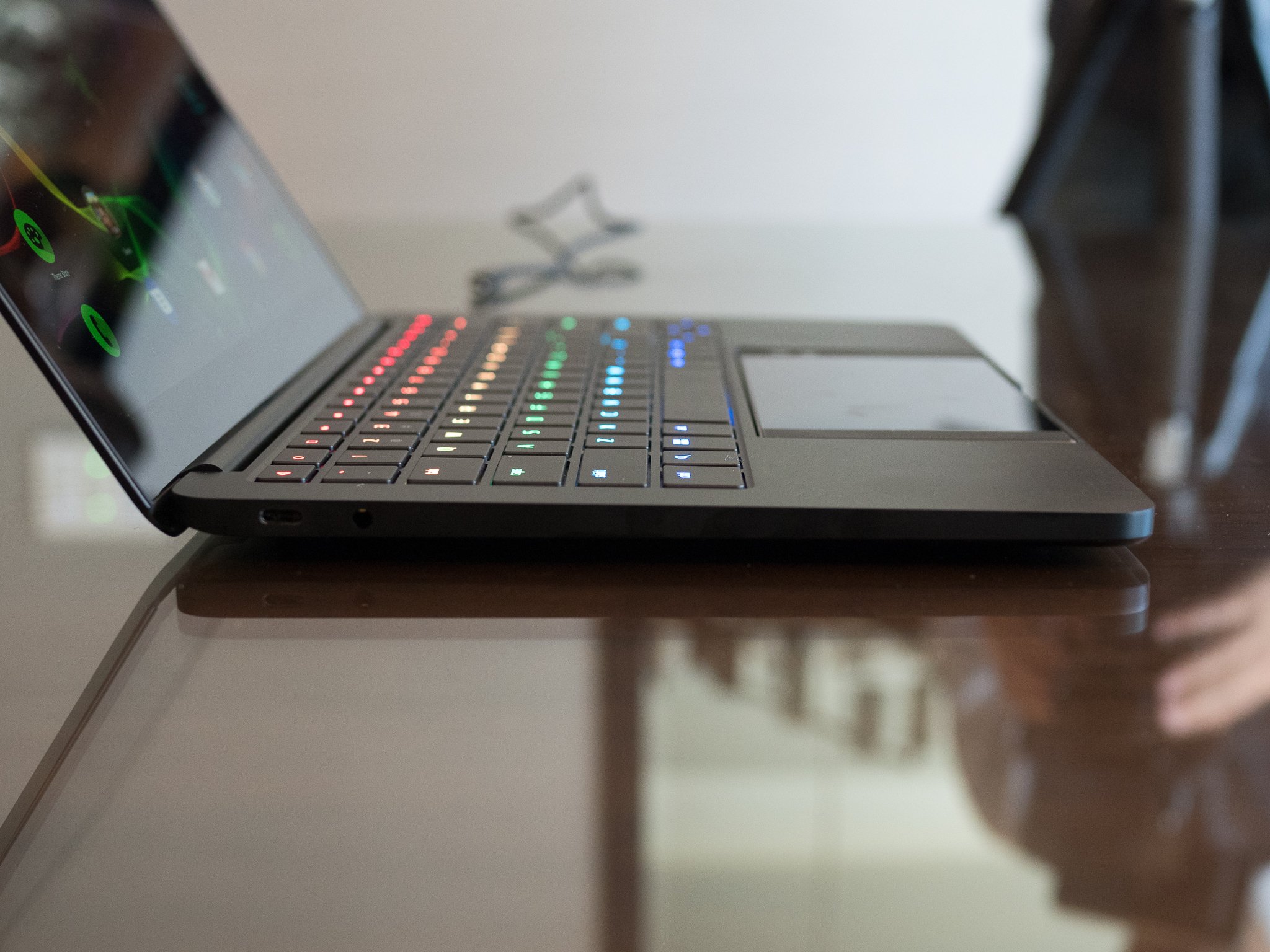
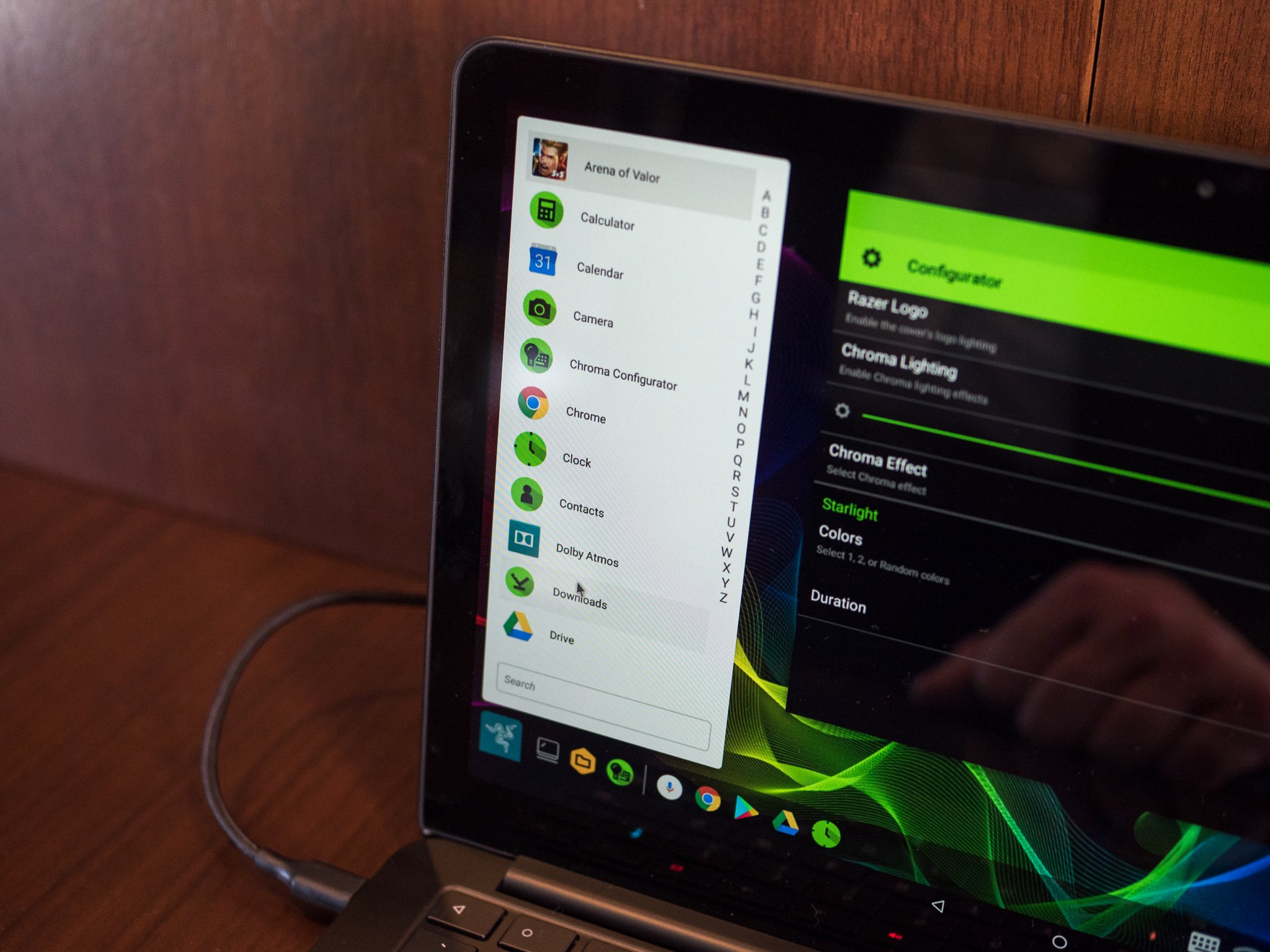
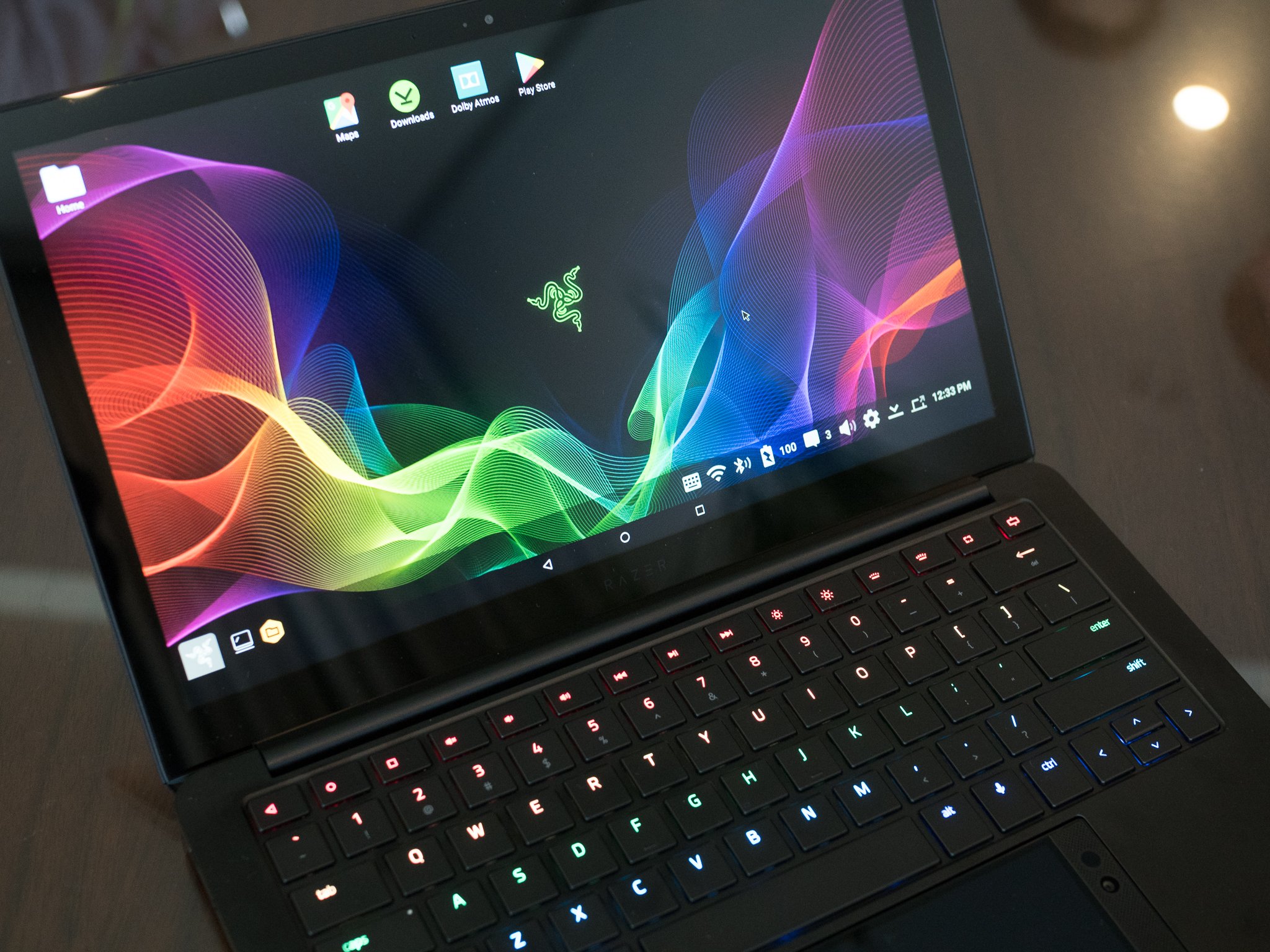

Since Project Linda is just a prototype, there is no pricing or release date for it yet. Razer is fishing for feedback to see if there is enough interest to bring it to market. Obviously, there are many considerations like pricing, device support, and feature set that needs to be finalized.
While Project Linda is a brilliant idea, if priced too high it will never go beyond niche despite its broader appeal. The good news is Razer has done the grunt work in engineering Project Linda already, and so far, it's an outstanding creation. Let's hope the company can figure out a way to bring it to market sometime soon.

Daniel Rubino is the Editor-in-chief of Windows Central. He is also the head reviewer, podcast co-host, and analyst. He has been covering Microsoft since 2007 when this site was called WMExperts (and later Windows Phone Central). His interests include Windows, laptops, next-gen computing, and wearable tech. He has reviewed laptops for over 10 years and is particularly fond of 2-in-1 convertibles, Arm64 processors, new form factors, and thin-and-light PCs. Before all this tech stuff, he worked on a Ph.D. in linguistics, performed polysomnographs in NYC, and was a motion-picture operator for 17 years.
